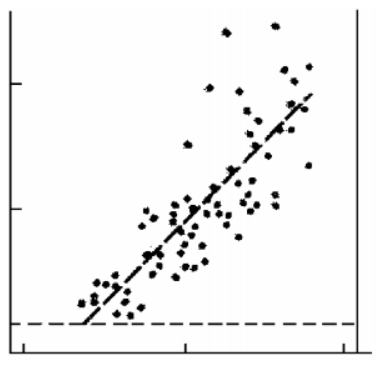Why do birds tend to show greater tolerance to high-altitude hypoxia than do mammals?
Using the bar-headed goose as an example, list three evolutionary adaptations that enable this species to successfully migrate at high altitudes, such as over the Himalayas at over 9000 m.
Answer: Hypoxia is a condition where the body is deprived of adequate oxygen. The lung anatomy of birds differs from mammals and is advantageous at high altitudes. In birds, unidirectional ventilation, a thin gas exchange surface, and cross-current flow result in very efficient gas exchange and oxygen extraction. Birds have higher capillary density and smaller muscle fibers compared to mammals, which results in better gas exchange at the muscles. Furthermore, birds tolerate hyperventilation better than mammals, so they obtain more oxygen at high altitudes.
When we compare lowland birds with bar-headed geese we observe three striking differences. Bar-headed geese have larger lungs for their body size, so the greater surface area provides higher oxygen diffusion capacity. Bar-headed geese also have hearts with a higher density of capillaries, which improves oxygen delivery to their hearts. Mitochondria in muscle cells of bar-headed geese is found much closer to capillaries, thus reducing the distance between mitochondria and blood, and resulting in a higher diffusion capacity for oxygen.
You might also like to view...
Describe the difference in cell division between normal cells and cancer cells
What will be an ideal response
The graph below has had its labels removed. One axis is plasma osmolarity. The other axis is EITHER plasma vasopressin concentration OR plasma aldosterone concentration. Write the correct label on each axis of the graph, and explain how you came to that conclusion.

The term diploë refers to the:
A) double-layered nature of the connective tissue covering the bone. B) fact that most bones are formed of two types of bone tissue. C) two types of marrow found within most bones. D) internal layer of spongy bone in flat bones.
The blood-CSF barrier is composed of dense regular connective tissue lining the ventricles.
Answer the following statement true (T) or false (F)